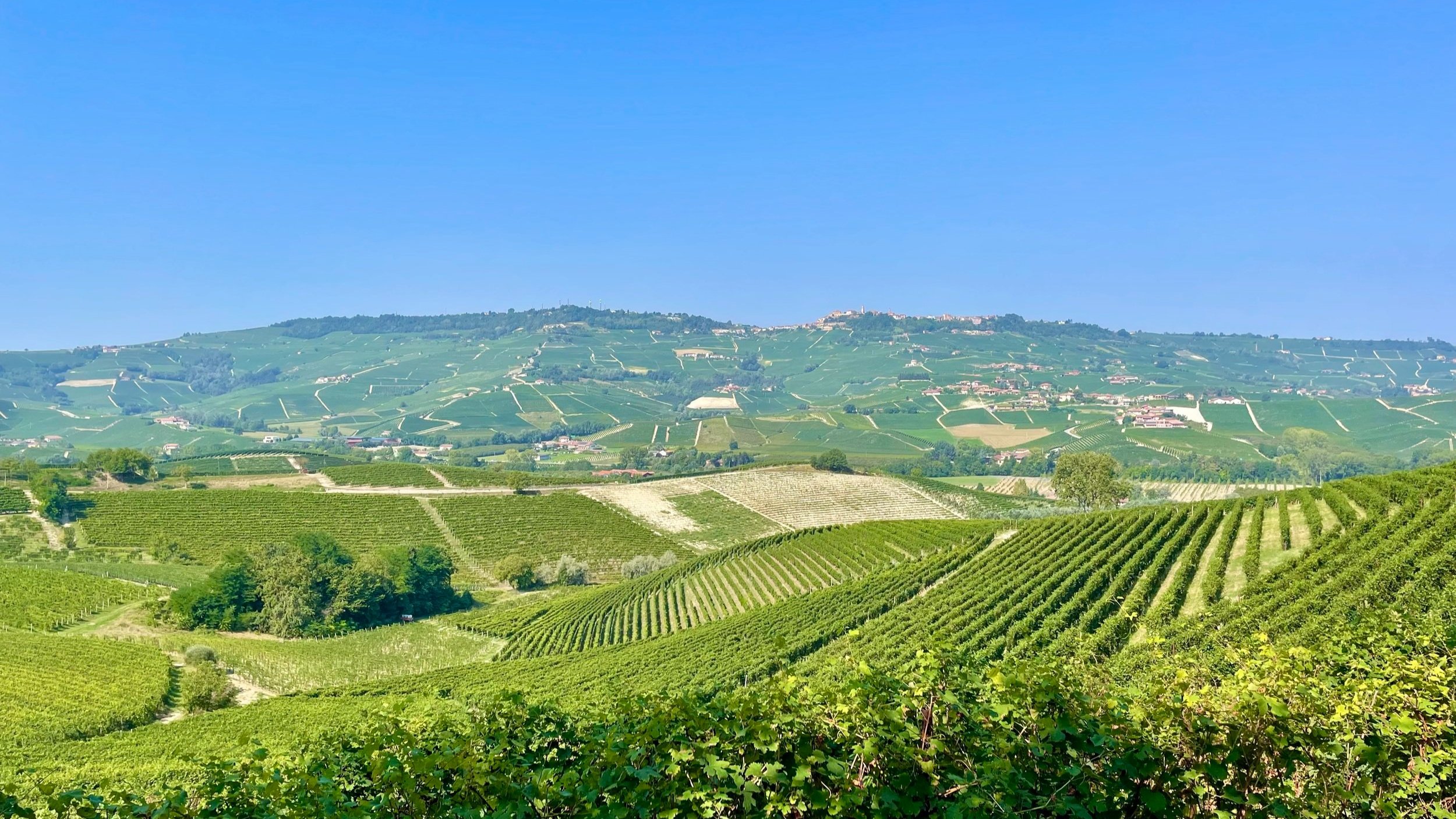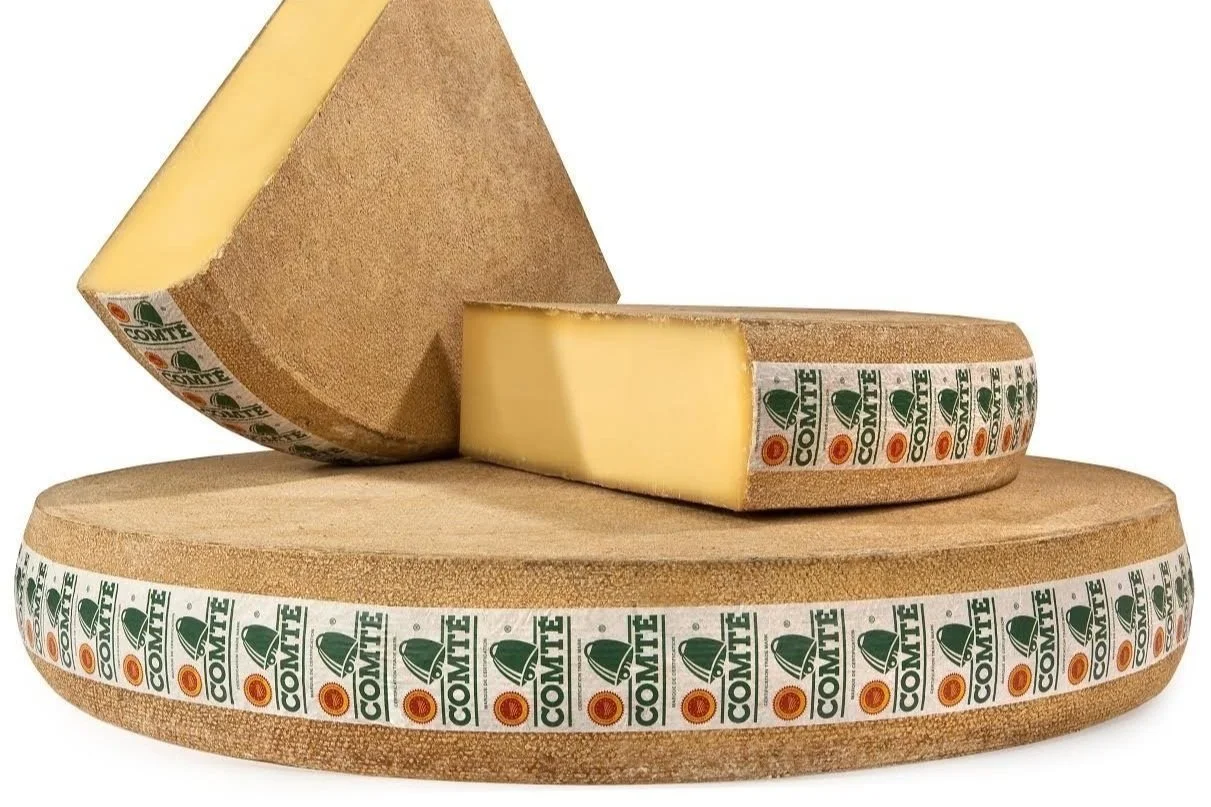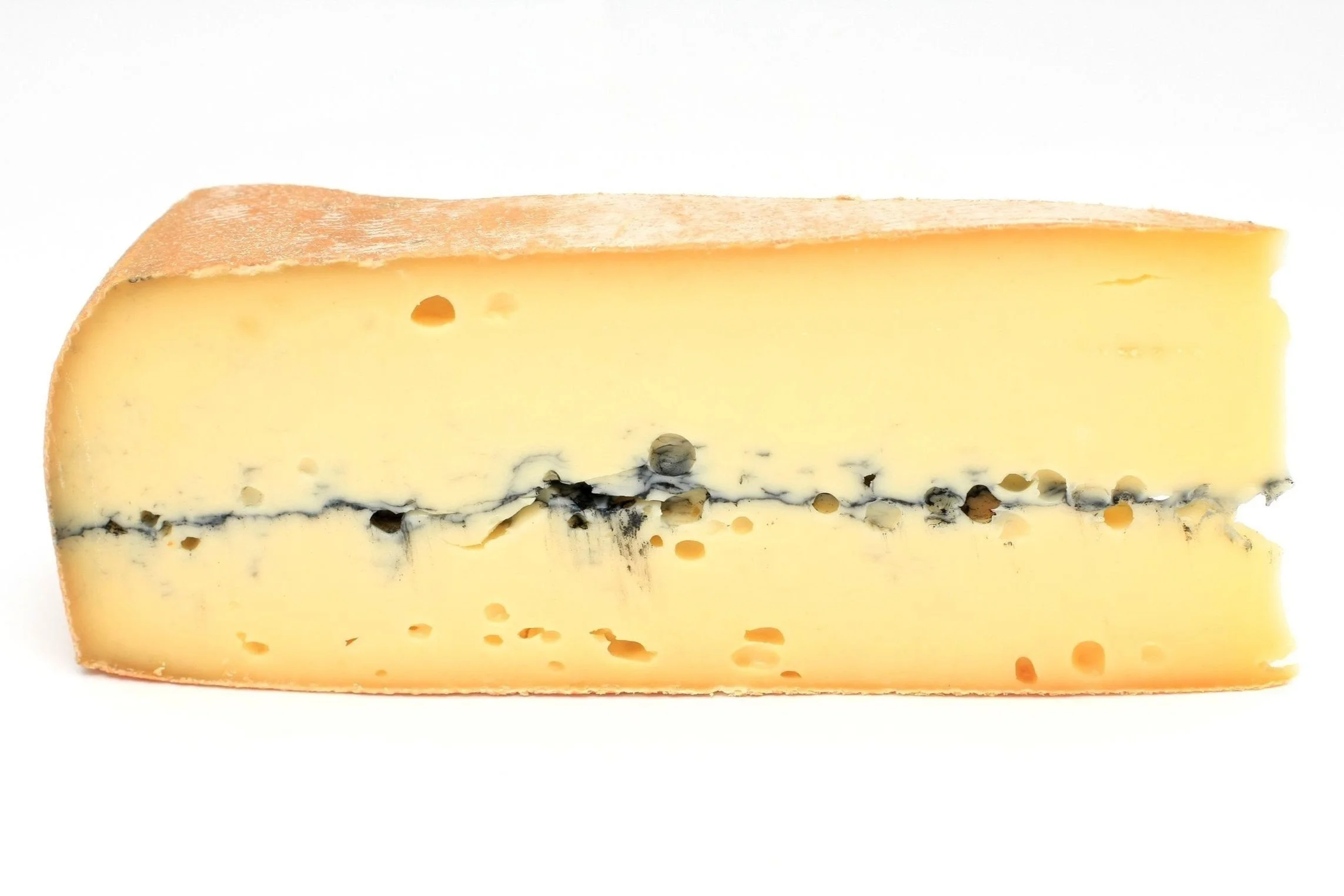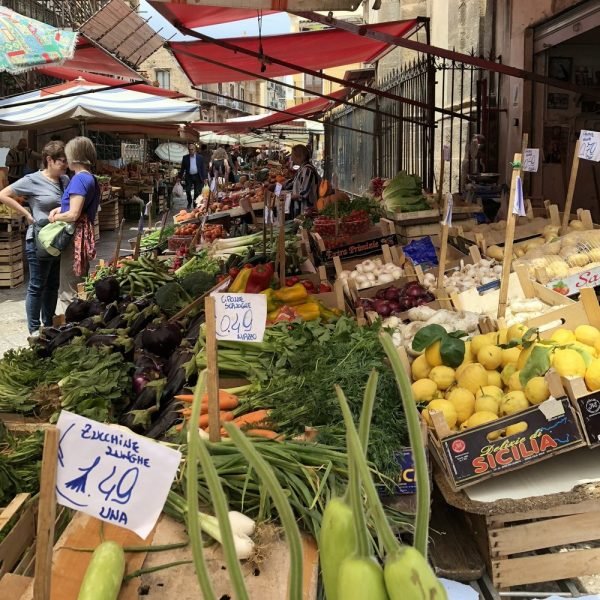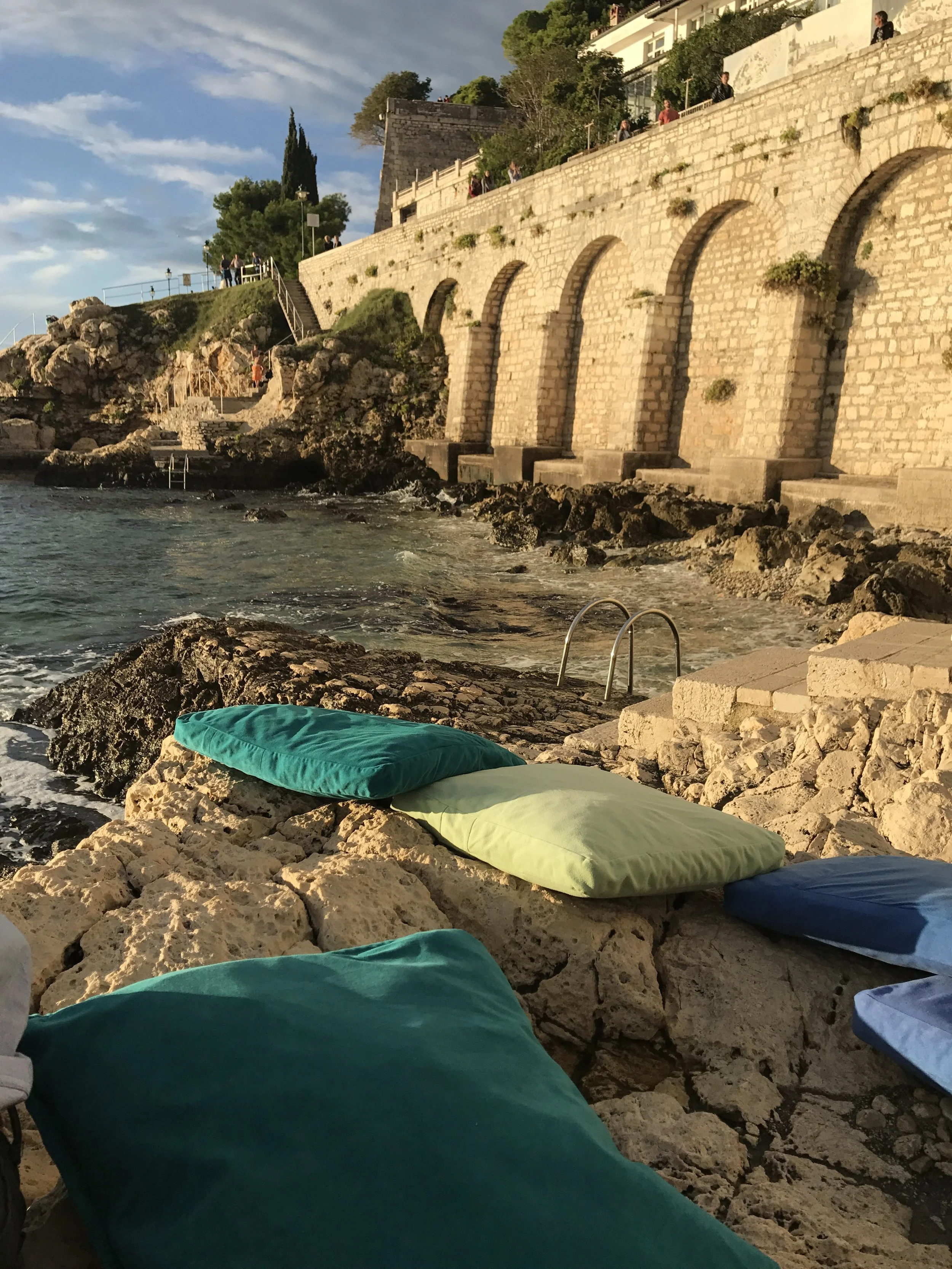The hidden gems of Piedmont, Italy
/The Birthplace of Slow Food . . .
The Piedmont is nestled in the northwest corner of Italy just south of the Alps and is a region where gastronomy transcends mere sustenance to become an art form deeply interwoven with the land, culture, and history. Renowned as a culinary epicenter, Piedmont's significance in the gastronomic world stems from a rich confluence of diverse landscapes, a dedication to tradition, and a bold embrace of innovation.
At the heart of Piedmont's allure is its extraordinary terroir. This is a land of dramatic contrasts, from the snow-capped Alps framing the horizon to the rolling hills of the Langhe and Monferrato, blanketed with vineyards. These fertile soils, nourished by the region’s unique microclimates, produce some of Italy's most celebrated wines including Barolo, Barbaresco, and Moscato d'Asti. These iconic wines are more than beverages; they are the lifeblood of Piedmontese culture, reflecting the patience, skill, and deep connection of local vintners to their land.
Piedmont is equally renowned for its truffles, particularly the elusive and aromatic white truffles of Alba, often referred to as "white diamonds." The region's forests become a treasure trove during truffle season, drawing gourmands and chefs from across the globe. Truffle fairs and auctions in Alba celebrate this prized delicacy, which enhances dishes with its earthy, almost mystical allure. This connection between nature and cuisine is a hallmark of Piedmontese gastronomy, where local ingredients are celebrated in their purest forms.
The region is also the birthplace of the Slow Food movement, which emerged in Bra, Piedmont, as a response to the rise of fast food and homogenized dining experiences. This movement champions sustainable farming, local traditions, and the joy of savoring each bite. Piedmont's farmers and artisans embody these principles, crafting everything from creamy robiola and tangy toma cheeses to exquisite chocolates in the town of Turin, where gianduja—a blend of hazelnut paste and chocolate—was invented.
Piedmontese cuisine itself is a tapestry of rich, comforting flavors. Dishes such as Vitello Tonnato (a delicate balance of tender veal with a tangy tuna sauce) and tajarin pasta, often enriched with truffle shavings, showcase the region's culinary sophistication. The hearty stews of Brasato al Barolo (beef braised in Barolo wine) and the celebrated Bagna Càuda (warm anchovy and garlic dip served with fresh vegetables) reflect Piedmont's ability to turn simple, local ingredients into extraordinary creations.
This dedication to gastronomy extends beyond the plate to the cultural experiences that define the region. Festivals—such as the Alba White Truffle Festival and Asti's Palio d'Asti—blend food, history, and community in vibrant celebrations. The region's culinary schools and Michelin-starred restaurants—like Piazza Duomo in Alba—further enhance its global reputation as a haven for food lovers.
Ultimately, what makes Piedmont unique is its seamless blend of natural abundance, artisanal mastery, and a profound respect for tradition. It is a region where every sip of wine, every bite of truffle-laden pasta, and every stroll through its vineyards and markets tells a story—a story of passion, pride, and an unbreakable bond with the land. This enduring legacy ensures that Piedmont remains a gastronomic jewel, inviting visitors to savor its beauty, one dish at a time.
We invite you to embark on an unforgettable culinary adventure with Zingerman's Food Tours as we journey to the enchanting region of Piedmont, Italy, in the spring of 2025. Immerse yourself in the heart of one of the world's most celebrated gastronomic destinations.
See you on the road,
Kristie
Zingerman’s Food Tours Managing Partner
Piedmont
April 14-21, 2025
Why Choose Zingerman's Food Tours?
With years of experience curating unforgettable culinary experiences, we pride ourselves on our small group sizes, expert guides, and a commitment to supporting local communities.
Our Food Tours take you to the source. If you’re hungry to explore behind the scenes, come with us. We use food & wine to connect to the history of a region, the spirit of its people, and the rhythm of daily life. Zingerman’s Food Tours is your concierge to the best local guides, food, and cultural experiences. Relax, enjoy, and experience the best, because of our long-standing connections in the food and travel world.





